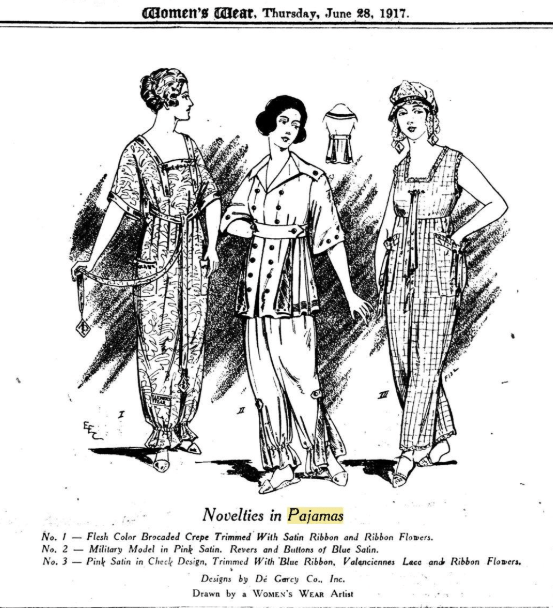
Another presentation that focused on the history of southwestern Kentucky was given by Donna Parker, recently retired from the Western Kentucky University Library. Like most Americans, I knew of the great Mammoth Cave system, but it was a real surprise to learn that for close to a century, women visitors to the cave wore a special costume provided by the owners of the cave.
The cave was well-known by the 1840s. It was just one of many natural wonder destinations that well-off tourists traveled to experience, along with Niagara Falls, the Natural Bridge of Virginia, the Hudson River Valley, and New Hampshire’s White Mountains. Early on it must have been obvious that fashionable dress was dangerous in the cave. The owners developed a woman’s costume, consisting of a shortened dress with bloomers or trousers worn beneath.
The wearing of these costumes is well-documented in photographs, diaries, letters, and personal travel accounts. Many women expressed embarrassment at being forced to wear trousers, others saw it as just part of the experience.

The Kentucky Museum has an exhibition on Mammoth Cave, and in it they included this photograph of a woman visitor. You can barely see the trousers beneath her skirt. One of the best sources of information were the photos taken of visitors to the cave. The WKU Library Special Collections has a nice selection of these, dating from the 1850s to the 1930s when the practice of providing costumes ended.

Kentucky Museum and Library Digital Collection
This photo is from the digital collection of the Kentucky Museum. Though undated, this photo is from around 1905, and maybe as late as 1912 or so. It’s interesting in how the costume has changed. The skirt was abandoned, the bloomers shortened. It could be that these women were accustomed to wearing bathing suits, were at that time were very similar to the cave costume.
Unfortunately, the museum has not been able to locate any extant cave costumes. It’s possible that as things changed and women became more accustomed to wearing bloomers, the oldest costumes were remade into the more abbreviated versions seen above. At any rate, there was a fire in 1916 at the Mammoth Cave Hotel, and it is possible the remaining costumes were destroyed then.
I like to think that somewhere, in an obscure collection, a Mammoth Cave costume still exists. The problem is one of identification. How would one distinguish the cave costume seen in the first photograph from a bloomer outfit worn by a dress reformer? How could the bloomers in the third photograph be distinguished from a 1905 gymnasium suit? I’m not sure it could be done.
I can only hope that somewhere one rests in a box with a note attached, confirming the garment as the elusive cave costume.



















